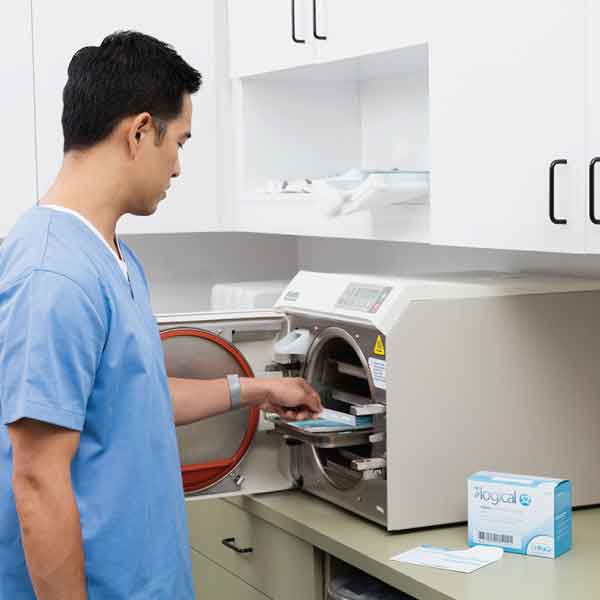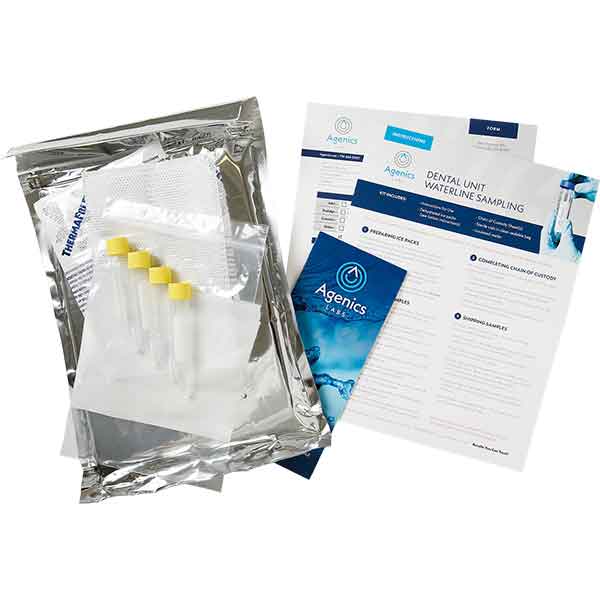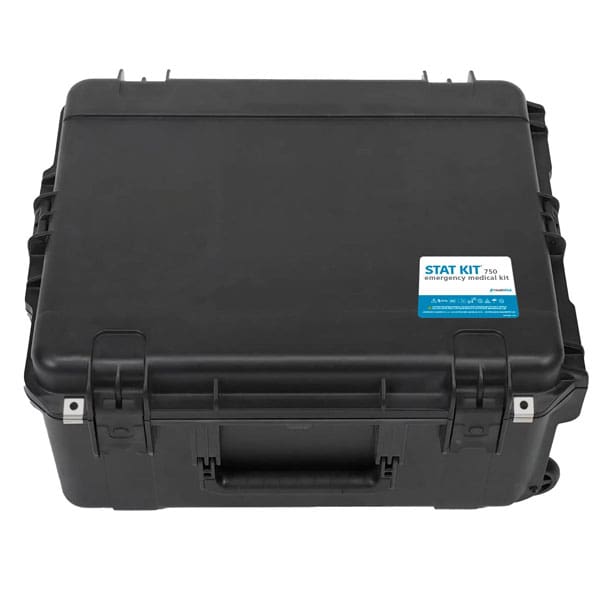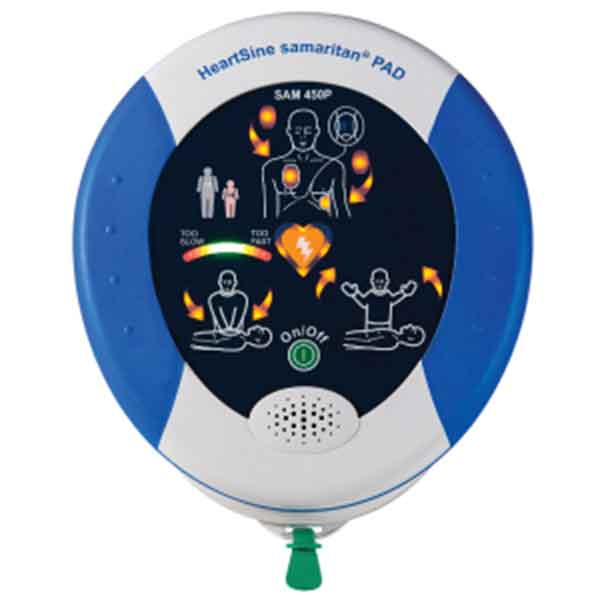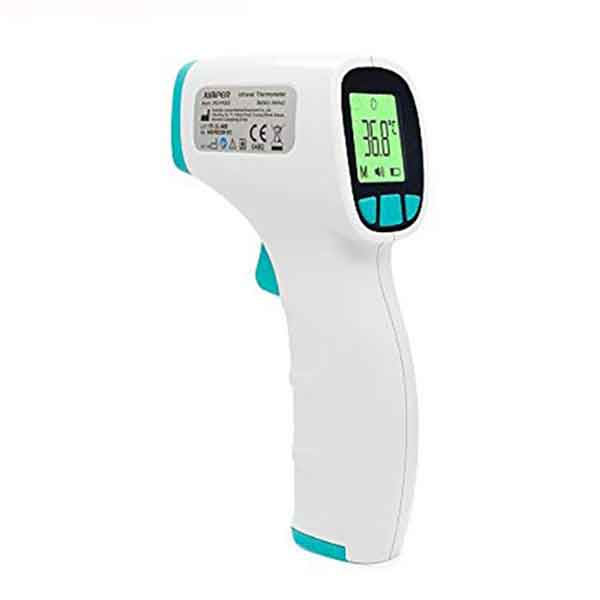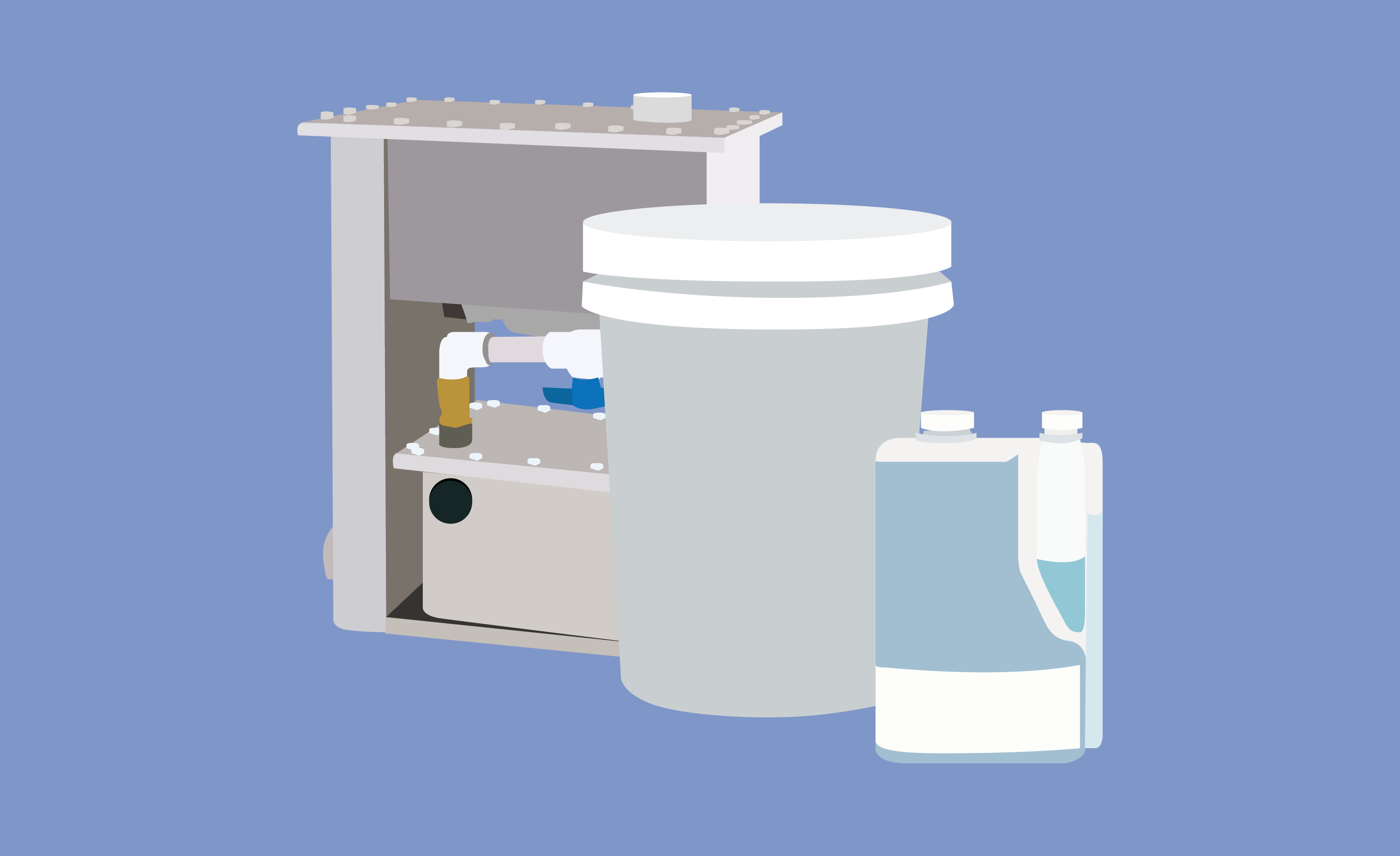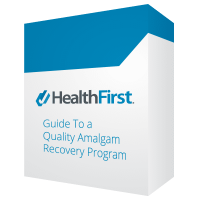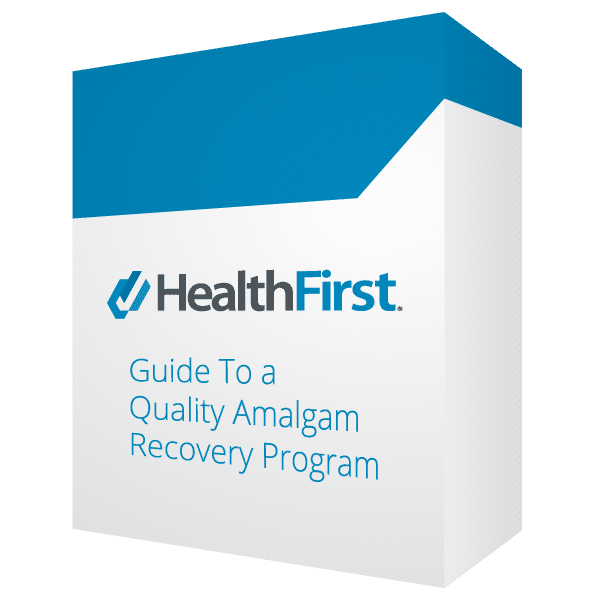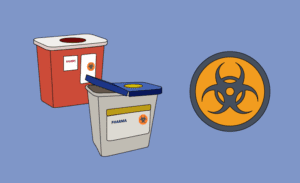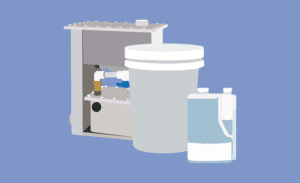We’ve all heard a lot about The EPA amalgam separator proposed the federal mandate, but what does it actually entail?
(For our latest blog about the EPA Amalgam Separator Law, please go to EPA Dental Amalgam Rule – Top 5 Things to Know
Amalgam Separator Law Context
The Environmental Protection Agency is proposing EPA amalgam separator standards under the Clean Water Act (CWA). These standards apply to waste sent to “public-owned treatment works” (POTWs) and to dental practices. Dental offices are the main source of mercury at POTWs. Mercury is a persistent and bioaccumulative pollutant in the environment. This means that it survives through the food chain rather than being diminished over time. It has neurotoxic effects on humans and is particularly harmful to children and pregnant women. Mercury pollution is widespread and comes from many sources. Removing mercury from the waste stream is a commonsense step. If it is not removed, it will release into the environment where it can be hazardous to humans. The proposal would make dental practices control the discharge of mercury into POTWs. The requirements would require the use of amalgam separators and best management practices (BMPs). Amalgam separators are a practical, affordable and available technology for capturing mercury. EPA expects this rule would reduce the discharge of metals to POTWs by 8.8 tons per year, half of which is mercury. EPA estimates the annual cost of the proposed rule would be $44 to $49 million.
Who Does the Law Affect?
This law applies to state governments, POTWs and most specifically to dentists. States are expected to take over enforcement of this federal mandate and POTWs are required to test the changing levels of mercury in wastewater.
How Did the EPA Come up With This Rule?
The EPA used several studies as well as consulting many professional organizations in order to come up with the details of the proposed rule. The major sources of information they consulted were:
- The Health Services Industry Detailed Study on Dental Amalgam
- The Environmental Council of the States
- A coalition of environmental organizations
- The American Dental Association
- The National Association of Clean Water Agencies
- Manufacturers of amalgam separators
- A study commissioned by the United States Air Force
Using information from each of these sources helped the EPA formulate a rule that they feel balances the needs and interests of all of the above organizations in order to make a rule that fairly accommodates all dentists
Amalgam Separator
There are many approaches that the EPA recognizes for an amalgam separator to effectively remove mercury from wastewater, including any combination of sedimentation, centrifuging and performing an ion exchange. The performance of each of the amalgam separators has been evaluated by ISO and may be found here (ISO does charge for their professional evaluation of the amalgam separators). Based on EPA’s evaluation of a range of amalgam separators as described above that meet the ISO standard and that are currently on the market, certified separators must obtain a median of 99.0% total mercury removal efficiency, a list of which can be found on pages 65 and 66 here.
Part of the mandate will be that separators must be maintained on a basis specified by the manufacturer so that the separator remains effective. Documentation of the maintenance will be required in order to demonstrate that the separator is still operating as certified.
Polishing
Most mercury (99.4%) is classified as suspended, which is removed by all types of amalgam separation (sedimentation, centrifuge and ion exchange), but the remainder, the dissolved mercury (0.6% of total mercury) can only be removed through the process of polishing. This process is not yet required by any known states and is not included in the latest version of the proposed mandate, but it is described as only being achieved through ion exchange, a specific type of amalgam separation. The EPA has concluded that having amalgam separators and ion exchangers is more effective than having an amalgam separator that also utilized ion exchange, and as such, recommends “Dental offices needing to employ polishing would likely need to add a separate ion exchange unit following the amalgam separator to remove additional mercury from the waste stream.”
Best Management Practices (BMPS)
The EPA considered what BMPs reflect the best reasonably priced technology. The EPA proposed to include certain operation, maintenance, and inspection practices as part of this proposed federal mandate. Since amalgam separators on their own cannot remove all mercury, mercury may accumulate in pipes, which can release mercury into wastewater if cleaned with a bleach-based line cleaner. The EPA proposed “to require line cleaners that do not contain bleach, and are of neutral pH.” Flushing scrap amalgam into drains that are not hooked up to an amalgam separator is also a problem. Scrap amalgam can come from improperly cleaning “chair-side traps, screens, vacuum pump filters, dental tools, or collection devices.” As such, the EPA included a BMP that prohibits disposing of scrap dental amalgam into any drain that is not connected to an amalgam separator.
Requirements
The rule makes dentists remove of at least 99.0% of total mercury their waste stream. The best option for dentists would be to buy an ISO-certified amalgam separator. The purchase, combined with BMPs would achieve at least 99.0% reduction of total mercury. While there are other options, the EPA expects that most, if not all, dentists would use this technology. The EPA expects dentists will choose an amalgam separator because of the nature of dental offices. The variability of patient flows is too wide to guarantee that no amalgam was in any of their patients’ mouths. Moreover, amalgam separators are easy to use, low-cost technology. Dental offices that elect to not use an amalgam separator must meet very specific oversight and compliance requirements for indirect discharges subject to national pretreatment requirements.
The EPA expects dentists to verify that their separator meets the 99% reduction figure. The EPA expects dentists to maintain the separator following all manufacturer’s instructions. The dentist is also expected to conduct functionality inspections at least monthly. The EPA recognizes that some dentists covered by this proposal do not apply or remove dental amalgam. The EPA, however, has been unable to figure out identifiers for which offices would be exempt. As such, this proposed rule would apply to such dischargers as well. It would allow them to certify that they do not and will not install or remove amalgam. This would fulfill their obligations under this proposed rule. If they subsequently elect to install or remove amalgam, they would then need an amalgam separator.
The EPA does not want to penalize existing dentists that already installed amalgam separators. This could be either voluntarily or because of state or local requirements. The EPA recognizes that these offices may have amalgam separators in place that remove less than 99%. For example, some states make dental offices remove 95% of total mercury. Separators under these circumstances do not need replacement until the end of their useful life. The EPA proposed that, under proper maintenance and BMPs, these facilities would be compliant. This will last until ten years from the effective date of the final rule. The EPA selected ten years because it is a conservative estimate of the useful life of existing equipment.
For Further Reading, check out:
The Technical and Economic Development Document for the Proposed Effluent Limitation Guidelines and Standards for the Dental Category: http://water.epa.gov/scitech/wastetech/guide/dental/upload/Dental-Category-TEDD-Proposed-rule-2014.pdf
Federal Register Vol. 79 No. 204 containing full proposal: http://www.gpo.gov/fdsys/pkg/FR-2014-10-22/pdf/2014-24347.pdf
Federal Register Vol. 79, No. 244 on Comment Extension: http://www.gpo.gov/fdsys/pkg/FR-2014-12-19/pdf/2014-29774.pdf
































